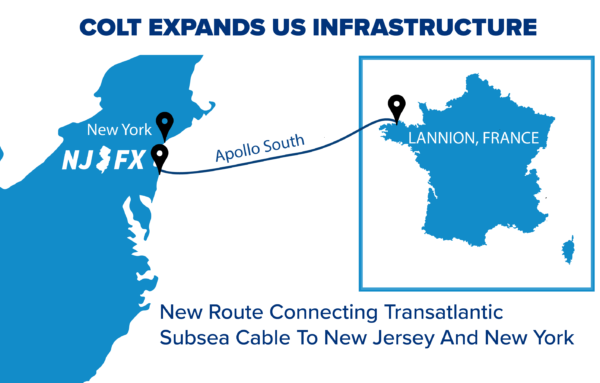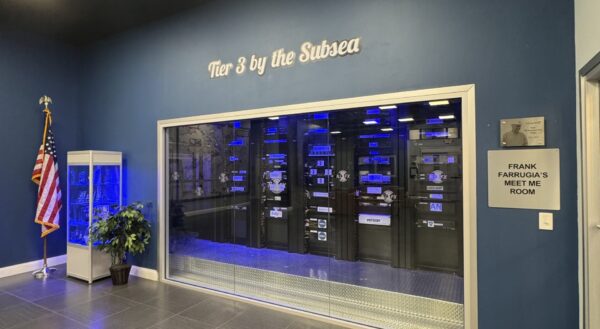
Experts in Infrastructure from the Data Center to the Desktop Interviews CEO Gil Santaliz
Strongbow Group, Managing Director of Engagement Strategy, Barry Platzman, recently sat down with the Founder & CEO of New Jersey Fiber Exchange (NJFX), Gil Santaliz to discuss his unique perspective on global connectivity and the nuances of designing network solutions for optimal performance.
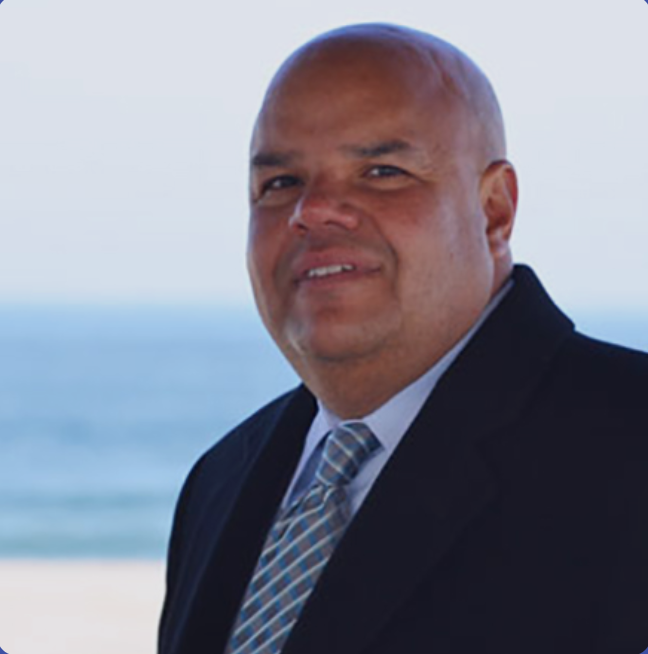
Gil Santaliz
CEO
Strongbow Group Newsletter – Summer 2022
Published on June 28, 2022

Wall Township –
BP: So Gil, can you start by giving us a primer on NJFX?
GS: NJFX is a subsea cable landing station for the North American market, located here in NJ. Unlike traditional landing stations, owned and operated by established carriers like AT&T and Verizon, NJFX is a completely neutral environment. This neutrality creates an open environment that gives our customers confidence and ensures there is no conflict of interest between operator and landlord. Over time, we have expanded our operation to include 30+ operators in a diverse hub that offers “middle mile infrastructure”.
BP: When enterprise customers buy global connectivity, do you think they understand what they are buying?
GS: Good question, I would have to say that often they do not. They certainly know the beginning point “A” and an endpoint “Z”, but they don’t understand the underlying infrastructure between those points, and over time, obfuscation only increases. At NJFX, we work with our clients in great detail to make sure they understand everything that is happening from our location to their endpoint, including cable capacity, bandwidth, others using the same path, and unique geographical vulnerabilities. In the past, an enterprise might know the specific cable they’re riding, but the underlying paths and subtending carriers are frequent blind spots for many customers.
BP: How do customers address this “blind spot”, do they see it as an issue or something they need to address?
GS: As soon as there is an outage and they realize their planned diversity is ineffective, yes there is an issue to address. Unfortunately, network operators are reluctant to share route details, due to regulatory constraints and security concerns, where operators could become vulnerable to nefarious interference with their services if they reveal too much. Only the largest enterprises who put pressure on the system are able to get access to this information under NDA, and even then, it could take 3-6 months to get the information the enterprise needs. Circuit design teams should push for a complete walk-through of the backhaul systems, hubs used and the fiber optics connecting various subsea stations.
BP: How does NJFX help its customers with this problem?
GS: At NJFX we take the time to ‘peel back the onion’ for our customers, explaining what their traditional carrier is actually buying from someone else and what they are directly providing. We then facilitate introductions to the subsea and backhaul operators, allowing our clients to reverse engineer current routes and more diverse alternatives. In some cases, we orchestrate deals front-to-back; for example, a large financial firm may take the time to understand the market and then go back to their carrier with a set of requirements and specific cables to include in their design. This is especially important for global organizations, who may require certain cable paths that avoid metropolitan hubs like London or Paris since they already have circuits in those cities. You want to limit your vulnerability and we have the insight and best practices to work with these operators when they are designing the network.
BP: Pivoting to the old adage of “Self-Healing”, is this still a term that we can or should use?
GS: I would say that term does go back 20-25 years, back to the days when carriers owned their own network infrastructure. To level set on terminology – if you owned the network, you could provide two paths: a primary and one to take over in case the first should fail… a “self-healing ring”. This has changed over the years, as carriers have become reliant on other partners, and now lack insight into underlying paths. The term self-healing is often used without understanding what it really means. More discerning buyers will purchase diverse paths from different carriers all operating in parallel, enabling them to sustain 2-3 hits on their service without being affected.
BP: Are fiber cuts trending up or down in your view?
GS: Yes, as a result of 5G deployments, carriers are opening more splice boxes on long haul and metropolitan fiber. Over the years, characteristics of the fiber in the US have changed; whereas before long haul fiber was untouchable, it isn’t anymore. And with the recent need to capitalize on existing assets, long-haul routes might experience interruptions because of 5G deployments, which are now more and more common.
BP: What about outside of the United States, are we seeing the same trends with sub-sea?
GS: Subsea is a very different animal – there are fewer outages, but when there is one, it’s bad. That is not to say that there is never an issue; despite routes being clearly marked on maritime charts, a cargo ship might hit the cable with an anchor. Nowadays, however, subsea operators have visibility into “shunt faults” – a break in the insulation of the cable – and can be proactive about repairing them before the exposed cable is hit again. But should the worst happen, you are looking at 3-6 weeks of outage depending on how prepared the operator is for repair. This is why multiple, diverse paths are critical to a resilient enterprise network. A bit of trivia for your readers here: there is an Atlantic underwater canyon called Porcupine Sea Bight with 95% convergence of transatlantic systems; an incident on that island would essentially be catastrophic, cutting off EMEA from North America. Only one system does not traverse that route – a bypass solution offered via NJFX.
BP: Any pearls of wisdom that you can offer to enterprise customers when designing global networks?
GS: Commit the resources required to understand what you are buying. We live in a world that is reticent to change, but given the time-sensitivity of applications nowadays, a 4–5-hour outage is catastrophic. Enterprises should make path supervision a part of their circuit lifecycle management process to ensure their network paths haven’t changed since they first purchased those circuits. I would also recommend adding contractual assurances to require notice of any changes to fiber in advance of the work.
Thanks very much Gil, we enjoyed hearing about NJFX and receiving the benefit of your thoughts on the evolving infrastructure – Barry Platzman
Click here to read the full Strongbow Group Newsletter
About NJFX:
NJFX is a Tier 3 Carrier Neutral Cable Landing Station campus. Our colocation ecosystem has expanded to over 35 network operators offering flexibility, reliability, and security. Our Wall, NJ location provides direct access to multiple subsea cable systems giving our carriers diverse connectivity solutions and offers direct interconnection without recurring cross-connect fees.
More In the News

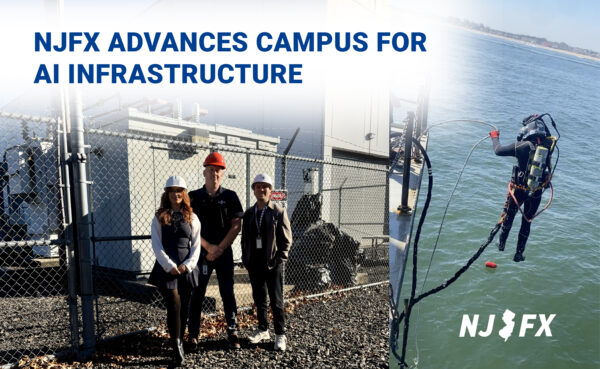

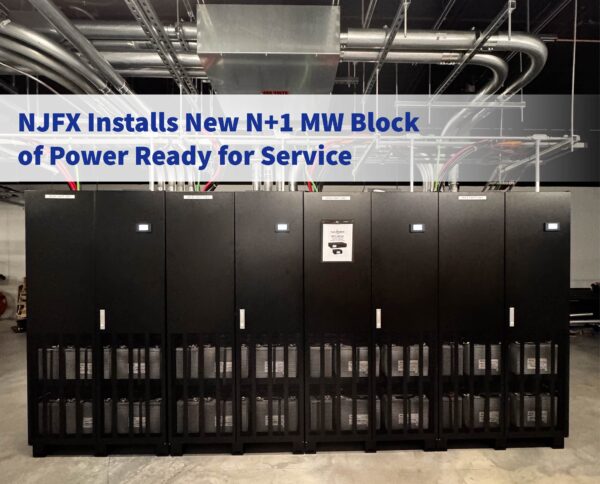
Today NJFX installs new N+1 MW block of Power Ready for Service (RFS)
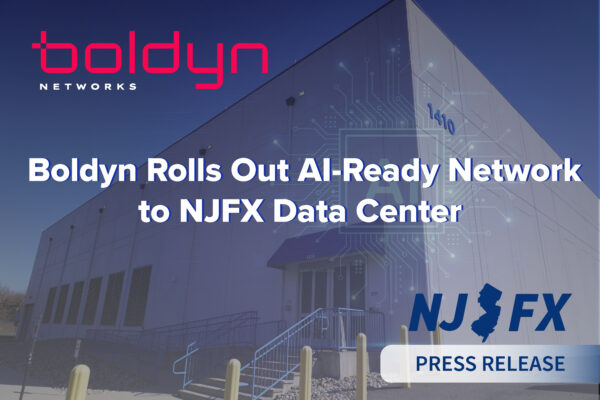
Boldyn rolls out AI-ready network to NJFX data center, deepens NY/NJ investment
